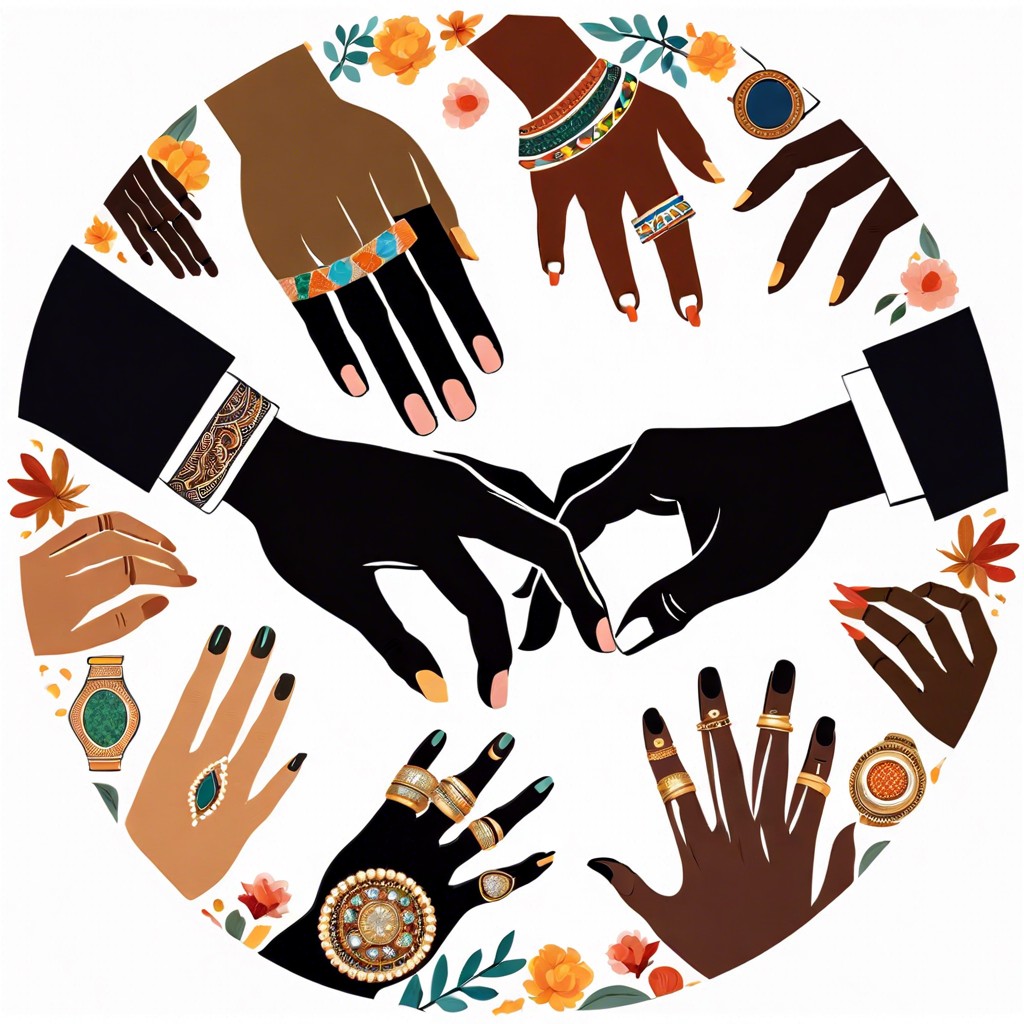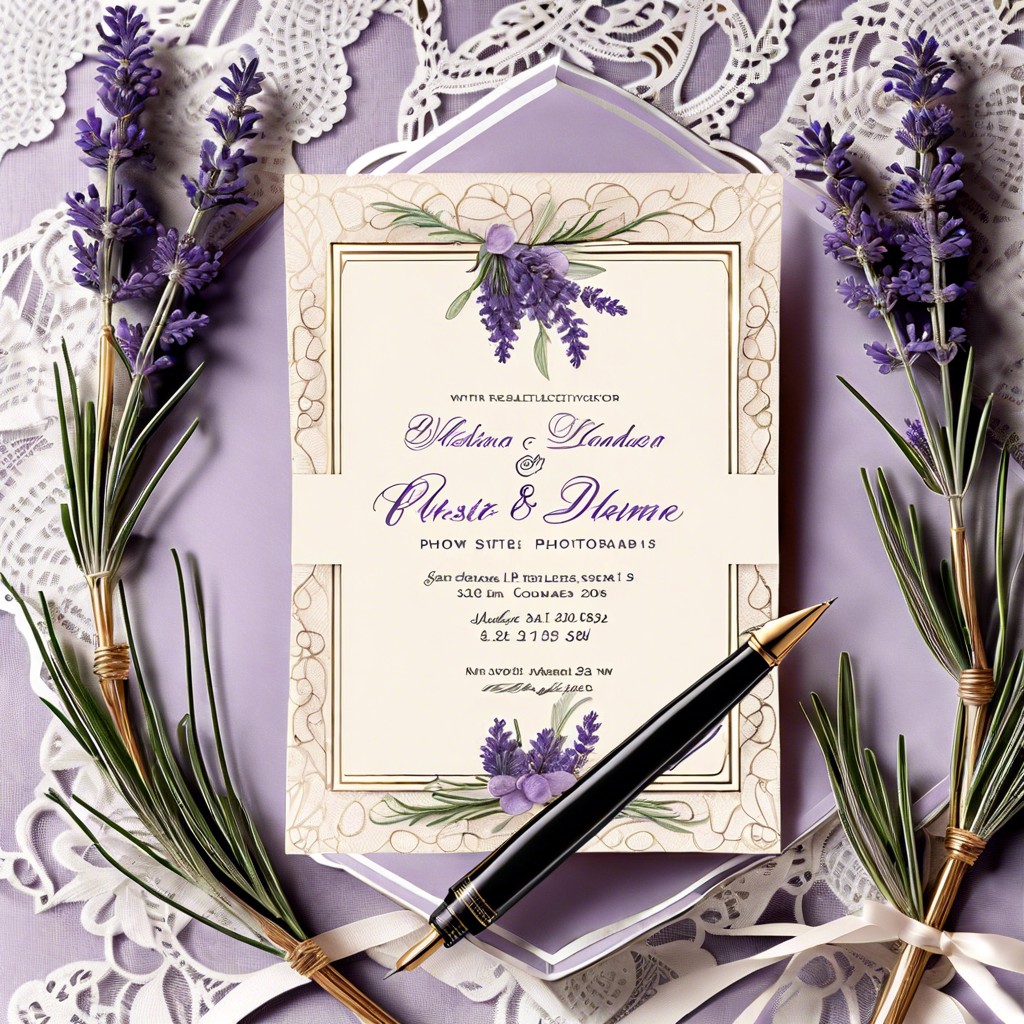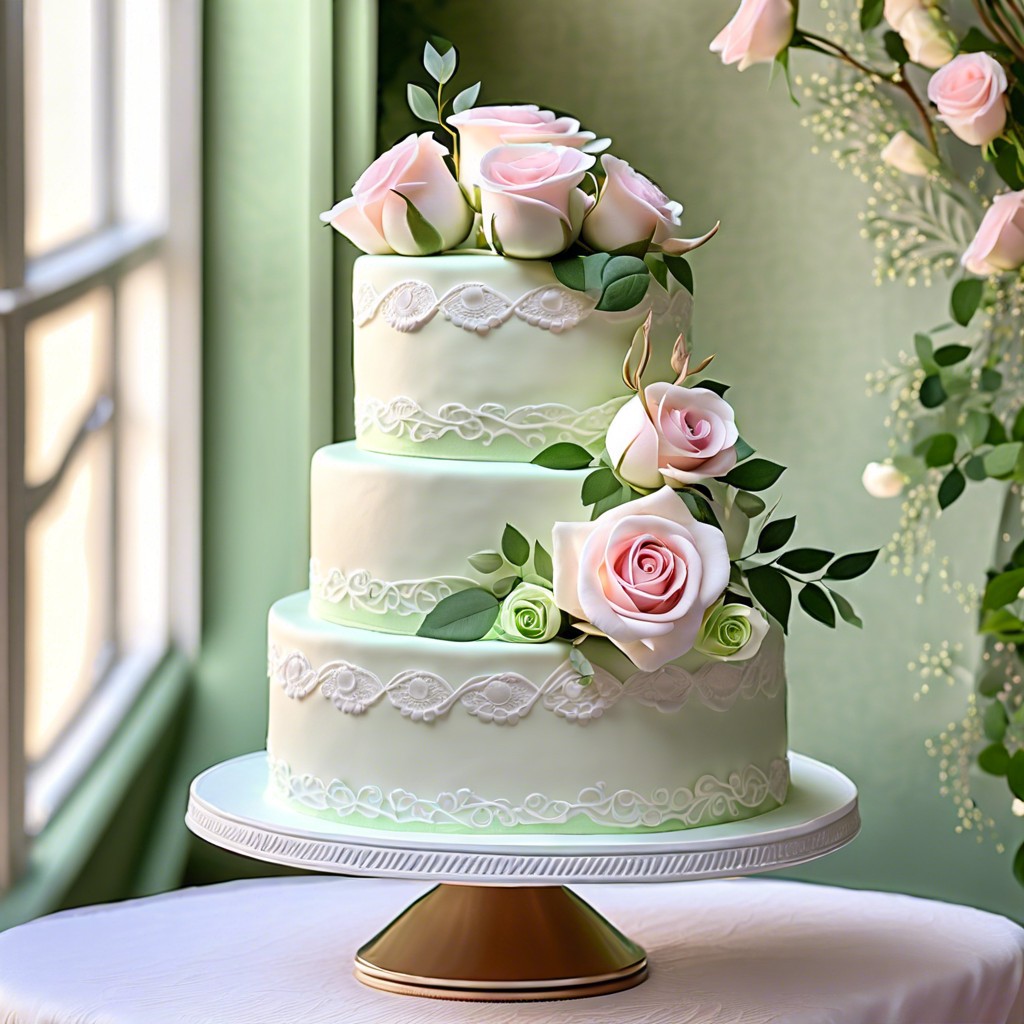Deciding on the cost of an engagement ring can be daunting; learn how to navigate budgeting considerations for this crucial purchase.
Key takeaways:
- Assess current financial status: Consider savings, income, and expenses.
- Forget the “three months’ salary” myth: Focus on what works for you.
- Save in advance: Put money aside to ease financial strain.
- Prioritize quality over size: Well-crafted rings hold more value.
- Communicate openly with your partner: Discuss expectations and preferences.
The History of Engagement Rings and Their Significance

Tracing back to Ancient Egypt, engagement rings were seen as symbols of eternal love, with the circle representing infinity. The tradition further evolved in Ancient Rome, where rings were a public pledge indicating a contract of marriage. However, it wasn’t until 1477, when Archduke Maximilian of Austria commissioned a diamond ring for Mary of Burgundy, that diamonds became associated with engagements.
In different cultures, rings also hold varying meanings. For example, in many Western societies, diamond rings are seen as a representation of commitment and wealth. In contrast, some Scandinavian countries traditionally use simple gold or silver bands.
Over time, the diamond industry’s clever marketing has ingrained the idea that a diamond ring is a requisite for a proposal. Phrases like “A Diamond is Forever” have tied the value of a diamond to the depth of affection between partners, shaping contemporary expectations around engagement rings.
Financial Considerations for Purchasing an Engagement Ring
When embarking on the journey to select an engagement ring, it’s crucial to align your budget with your financial reality. Here are actionable points to guide you through this process:
- Assess current financial status: Look at your savings, income, and expenses to determine what you can comfortably afford without compromising your financial well-being.
- Forget the “three months’ salary” myth: Disregard outdated rules about how much to spend. Instead, focus on what works for you and your partner.
- Consider financing options with caution: If you opt for financing, choose a plan with favorable interest rates and ensure the payments fit into your monthly budget.
- Save in advance: If possible, start putting money aside as soon as you consider proposing. This can help mitigate financial strain when it’s time to purchase the ring.
- Leave room for upcoming expenses: Remember, the engagement ring is the first of many expenses related to your wedding journey. Plan accordingly to accommodate future costs.
- Prioritize quality over size: A well-crafted ring with a smaller stone typically holds more value and better withstands the test of time than a larger, less quality gem.
Keeping these points in mind allows you to make a financially sound decision that celebrates your commitment without derailing your fiscal goals.
Expectations Vs. Reality: Societal Pressure and Personal Preferences
Navigating the balance between common norms and personal desires is a fundamental aspect of selecting an engagement ring. While tradition may suggest spending two months’ salary on a ring, this benchmark doesn’t fit everyone’s financial situation or commitment to convention.
Here’s what to consider:
- Break away from the “two months’ salary” myth. Prioritize your financial comfort over a dated standard.
- Communicate openly with your partner about expectations. Ensure you’re both on the same page regarding budget and style preferences.
- Resist the urge to compare. Your engagement ring should be a symbol of your unique relationship, not a contest of worth based on size or price.
- Consider the future. An engagement ring is just the beginning; make sure your purchase allows for a secure financial path forward.
By keeping your focus on what feels right for your relationship and your wallet, the pressure of societal standards can be managed, opening the door for a purchase that’s grounded in reality and reflective of personal tastes.
How to Budget for an Engagement Ring Without Going Into Debt
Embarking on the journey towards marriage is thrilling, yet purchasing an engagement ring should not strain your finances. Here’s how to secure that symbol of love without the burden of debt:
- Assess your finances realistically to determine a comfortable amount you can spend without compromising other financial goals or obligations.
- Start saving early by setting aside a portion of your income each month into a separate savings account dedicated to the ring purchase.
- Consider a layaway plan where you make payments over time, allowing you to lock in the ring you desire without the need for credit.
- Explore alternative gemstones or less traditional rings that often come with a more modest price tag, without sacrificing beauty or meaning.
- Skip the high-end retailers and browse for vintage or gently used rings, where you’ll stretch your dollar further and potentially find a unique piece.
- Be vigilant about sales and discounts from reputable jewelers, which can make more expensive rings suddenly attainable.
By adhering to these strategies, you can navigate the financial aspect of ring buying with ease and avoid the pitfalls of debt, allowing you to focus on the joys of your engagement.
Tips for Getting the Best Value When Ring Shopping
To ensure you’re getting the best value while shopping for an engagement ring, consider these strategies:
- Research and educate yourself on the 4Cs (cut, color, clarity, and carat) to understand diamond grading.
- Opt for a less common carat size; for example, choose a .95 carat instead of a full carat to save money without a noticeable difference in size.
- Explore alternative gemstones or lab-created diamonds that offer a similar aesthetic at a lower price point.
- Prioritize the aspects of the ring that are most important to you, such as the cut or the setting, and be willing to compromise on others.
- Consider buying just the diamond online, where prices may be more competitive, and having it set locally.
- Look for certified pre-owned rings that can offer significant savings while still providing high quality.
- Purchase loose stones and have them set in a custom design for a unique ring that can be more cost-effective.
- Keep an eye out for sales and negotiate with jewelers to get the best price.
- Remember that the ring’s sentimental value does not correlate with its price; choose a ring that signifies your love rather than focusing on its cost.



